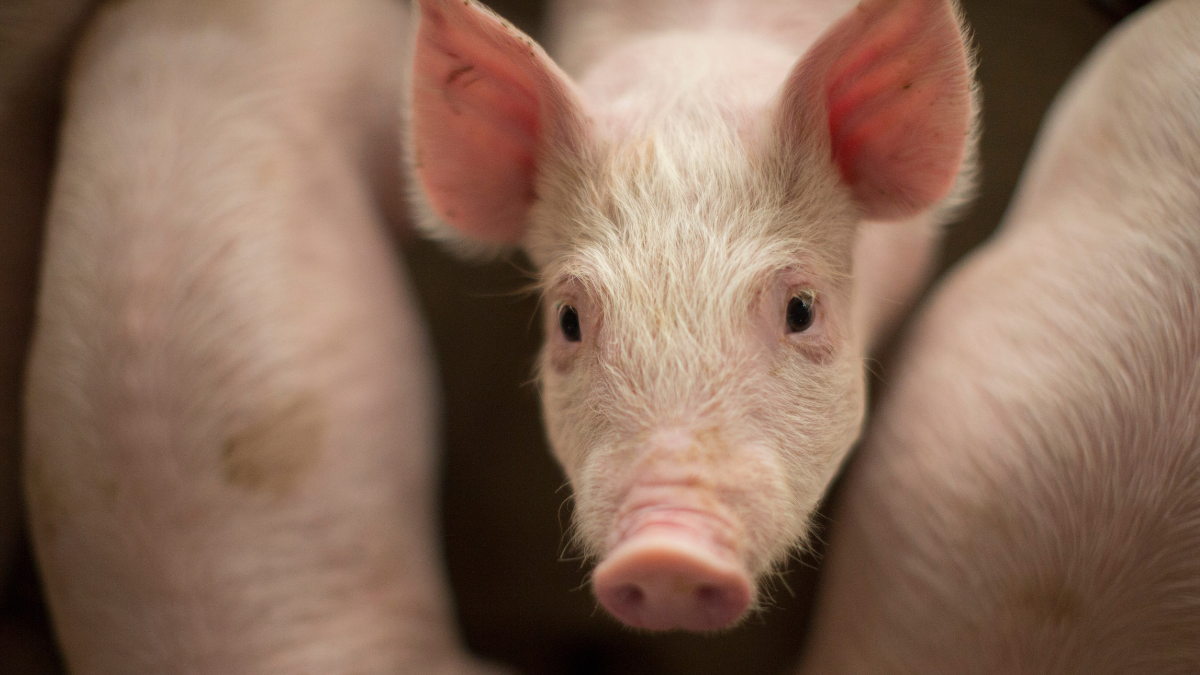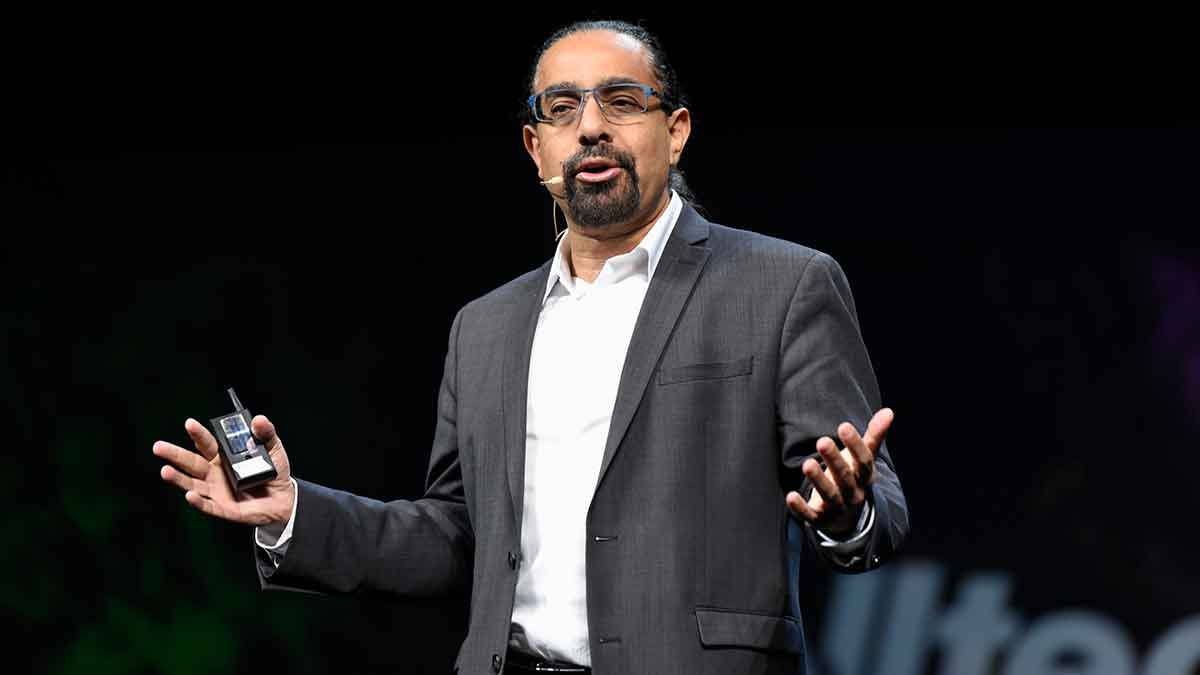5 tips for reducing aquaculture farm costs
Despite the undoubtedly huge opportunities for growth that currently exist in aquaculture — particularly in Asia — the rising costs associated with farm inputs, raw materials and feed remain a growing concern. Maintaining an optimal feed conversion ratio is now more important than ever, and managing costs is key to operating a successful and profitable fish farm. Reducing costs in an effort to maximize profits must be done cautiously, however, so as not to negatively impact the rate of progress — and some factors that seem relatively minor can actually have a dramatic impact on growth. My top five management tips for reducing costs on your farm are included below.
1. Provide a nutritionally balanced feed.
It should come as no surprise that, generally, the operational element producers spend the most money on is feed. In fact, some farms report that feed constitutes as much as 50–70% of their operational costs. Although important, the cost per pound should not be the primary deciding factor when it comes to selecting feed; performance must also be considered. Using a subpar feed can actually be more costly in the long run, resulting in an unwanted increase to your feed conversion ratio (FCR). Based on the FCR, farms can improve the amount of feed necessary to produce one unit of meat. Lower-cost feed is often seen as the most efficient — but even if the feed cost per pound of fish or shrimp produced is lower, when you take the growth rate and other factors into account, the bottom line will be affected by the time the fish reaches market size.
Evaluating feed performance by considering multiple characteristics is both efficient and practical. Some characteristics to consider include:
- Feed efficiency
- Growth rate
- Overall quality
- Digestibility
- Health and immune support
- Reduced medication costs
- Water quality maintenance
The quality and integrity of the selected feed will vary for different species and stages of life. Formulating the feed correctly will help ensure the best results for both the animal and the farm. Determining the protein content is a simple and common way to evaluate feed quality — the higher, the better.
2. Support health.
Providing feed that offers a good nutritional balance will directly impact both the FCR and the overall success of your farm. Vitamins and minerals must be added to the feed in order to create a nutritionally balanced and truly complete diet that will meet the basic nutritional requirements of fish and shrimp.
Each species and stage of growth has specific nutritional needs, but a healthy gut is essential to achieving and maintaining optimal health for all fish and shrimp. The intestinal microflora, gut morphology, the immune system and nutrient uptake — as well as how each of these elements interact — all play a role in the health and performance of fish and shrimp. Mannan-oligosaccharides (MOS) are proven to influence gut health; however, different methods of fermentation, manufacturing and yeast strains can greatly impact functionality.
Animals in farmed environments also require essential nutrients to meet their basic nutritional needs. Organic trace minerals are ideal because they are more bioavailable and better absorbed, stored and utilized by the animal than inorganics. Alltech has proven that organic trace minerals in the form of Bioplex® and Sel-Plex® can be included at significantly lower levels while still supporting animal performance, effectively optimizing animal mineral requirements and reducing their negative impact on the environment.
3. Maintain optimal water quality.
Proper water quality maintenance is dependent on an understanding that the correct water quality and culture for fish and shrimp is absolutely essential. The ideal environmental conditions will vary among different species of fish and shrimp. Not maintaining these conditions could negatively affect growth and performance — and the risk for disease on the farm could potentially increase if the immune response declines.
Using a nutritionally balanced, quality selection of raw materials in your aqua feed will result in higher palatability and digestibility and will be directly evident in the waste excreted by the fish and shrimp. Low feed digestibility will lead to increased protein and mineral excretion. This waste can contain potentially harmful amounts of nitrogen and ammonia, which can pollute the water and endanger both fish and shrimp.
When selecting feed, pay closer attention to protein utilization than to protein content, as this can save both time and some of the labor costs associated with treating water and overall management.
4. Develop a best-practices management program.
This is essential for achieving optimal farm performance. A well-implemented management program will support better feeding and biosecurity practices.
- Review feeding tables for accurate information on the frequency of feedings, feeding rates, ration sizes and timing.
- Communicate well with team members doing less technical work; this is crucial for successful implementation. Make them aware that both overfeeding and underfeeding can negatively impact the FCR — and that, alternately, accurate feed management can greatly improve farm results.
- Automated feeding technologies require an initial investment, but they actually help reduce labor costs over time and put an end to feeding practices that can contribute to poor water quality.
The proper management practices mentioned above will also create greater opportunities for scaling.
5. Implement technology.
Recirculating aquaculture systems (RAS) are a relatively recent innovation. Designing an RAS facility gives producers more control and allows for the heightened management of aquaculture systems. Having complete control over all of the elements of production helps ensure a stable environment, as well as a reduction in the stressful conditions that can impact and weaken the animal’s immune system. Choosing the correct feed is equally important with these types of systems.
The mechanical filter in an RAS facility will remove large and firm feces. Producers should know, however, that providing a feed that is not suitable for this environment can result in the production of excess waste, reduced nutrient uptake and poor water quality.
Profitability relies on optimized FCR. Fish are sensitive to several external factors, including fluctuating water temperatures, water quality and oxygen levels — all of which can impact growth and performance.
Alltech Coppens is a leading developer and producer of fish feed. The Alltech Coppens team performs trials studying the digestibility of feed formulations to understand how raw materials interact with each other and affect certain characteristics. Once the ideal ingredient combination is determined and paired with Alltech’s nutritional solutions, we formulate and develop a diet specifically tailored to your unique species and farming environment.
To learn more about reducing costs on your farm, contact us at aquasolutions@alltech.com.
I would like to download a FREE poster.

- Read more about 5 tips for reducing aquaculture farm costs
- Log in to post comments

<script charset="utf-8" type="text/javascript" src="//js.hsforms.net/forms/v2-legacy.js"></script>
<![endif]--><script charset="utf-8" type="text/javascript" src="//js.hsforms.net/forms/v2.js"></script><script>
hbspt.forms.create({
portalId: "745395",
formId: "596d0f32-2d93-4fea-b339-6dc1f9d44b43"
});
</script>
Are you farming as efficiently as you could be?


























